Home>Furniture & Design>Living Room Furniture>How To Get A Recliner Through A Door
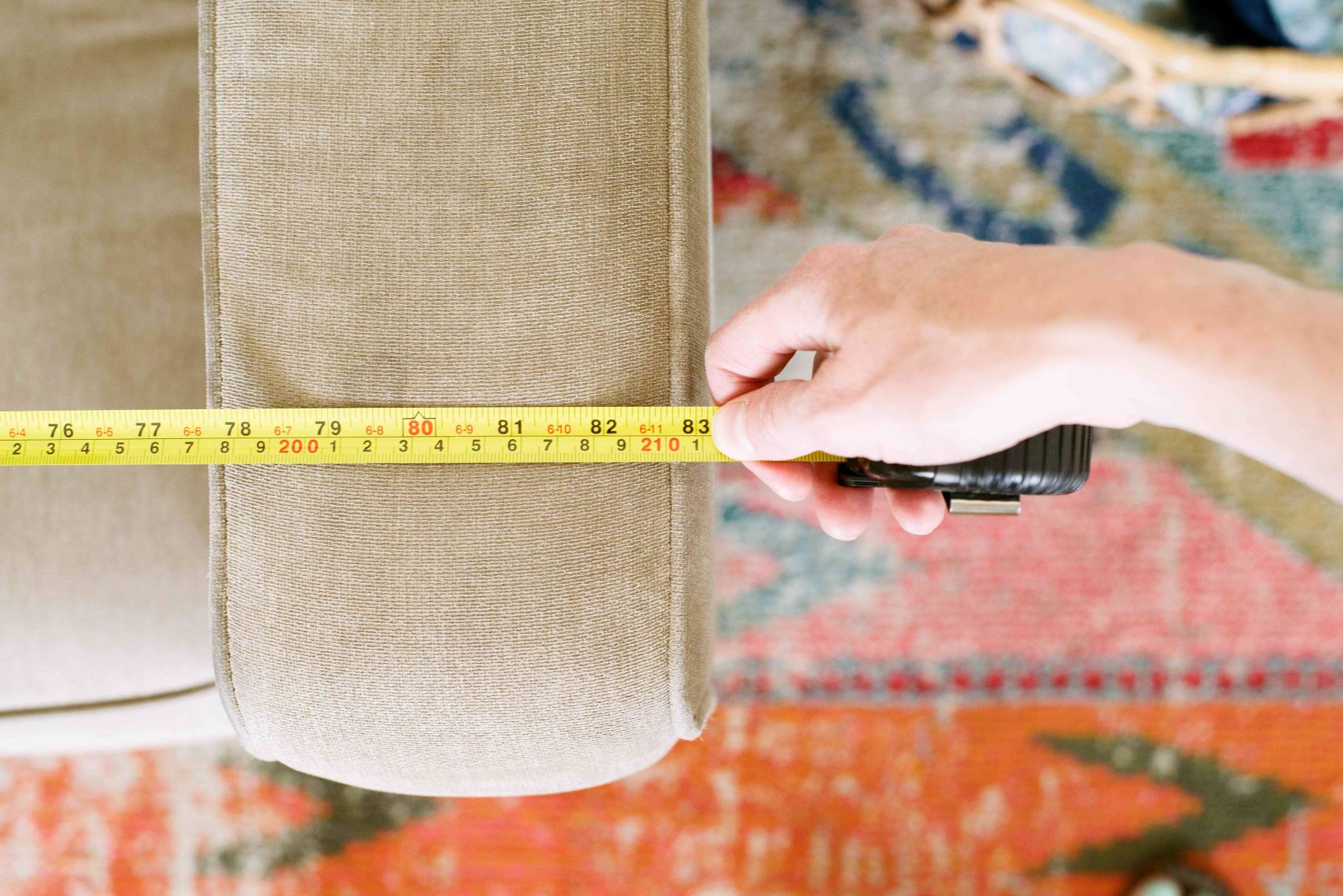

Living Room Furniture
How To Get A Recliner Through A Door
Modified: October 19, 2024
Learn how to maneuver your living room furniture and design by getting a recliner through a door with these expert tips and tricks. Simplify the process and avoid any hassle.
(Many of the links in this article redirect to a specific reviewed product. Your purchase of these products through affiliate links helps to generate commission for Storables.com, at no extra cost. Learn more)
Measure the Recliner and the Door
Before attempting to move a recliner through a door, it's crucial to start with precise measurements. This initial step can save you from potential headaches and frustrations later on.
Begin by measuring the width, height, and depth of the recliner. Ensure that you account for any protruding parts, such as the footrest or armrests. By doing so, you'll have a clear understanding of the recliner's dimensions, which is essential for determining whether it can fit through the door.
Next, measure the dimensions of the door frame. Pay close attention to the width and height, as these are the critical factors that will determine whether the recliner can pass through. Keep in mind that the door needs to have enough clearance for the recliner to maneuver through without causing damage to the furniture or the door frame.
It's important to be meticulous when taking these measurements. Even a slight miscalculation can lead to a challenging and potentially damaging situation when attempting to move the recliner.
Once you have the measurements of both the recliner and the door, compare the two sets of dimensions. If the recliner is larger than the door frame, it's time to consider alternative methods for getting the recliner through the door. However, if the measurements indicate that the recliner should fit through the door, proceed to the next steps with caution and patience.
By taking the time to measure the recliner and the door, you'll be better equipped to make informed decisions about how to proceed. This careful approach can help prevent unnecessary strain, damage, or frustration as you navigate the process of moving the recliner through the door.
Key Takeaways:
- Measure the recliner and door carefully to avoid headaches. If the recliner is larger than the door, consider alternative methods. Precise measurements prevent damage and frustration.
- Tilt, disassemble, or seek professional help to move a recliner through a narrow door. These strategies simplify the process and protect both the recliner and the door frame.
Read more: How To Get An Electrical Cord Through A Wall
Remove the Back of the Recliner
When faced with the challenge of maneuvering a recliner through a door that seems too narrow, removing the back of the recliner can be a game-changer. This approach allows for a significant reduction in the overall dimensions of the recliner, making it much easier to navigate through tight spaces.
To begin, carefully inspect the recliner to identify the attachment points of the backrest. Most recliners are designed with a detachable backrest, which can be secured in place with screws or latches. Using the appropriate tools, such as a screwdriver or Allen wrench, carefully remove the fasteners that hold the backrest in place. It's essential to keep track of the removed screws or bolts to ensure they can be easily located when reassembling the recliner.
Once the fasteners are removed, gently lift the backrest away from the recliner, taking care to avoid any sudden movements that could cause damage. Depending on the design of the recliner, the backrest may detach completely or remain connected by cables for power or data transmission. In the latter case, it's important to disconnect any cables or wires according to the manufacturer's instructions to prevent damage.
With the backrest removed, the overall profile of the recliner is significantly reduced, making it much more manageable to navigate through the door. It's important to exercise caution and seek assistance if needed to prevent any strain or damage during this process.
After successfully moving the recliner through the door, the reassembly process can begin. Carefully reattach the backrest using the previously removed fasteners, ensuring that it is securely and properly aligned. Take the time to inspect the recliner for any signs of damage or misalignment that may have occurred during the process of removing and reattaching the backrest.
By removing the back of the recliner, you can effectively overcome the challenge of fitting it through a narrow door, ultimately saving time and effort while preserving the integrity of both the recliner and the door frame. This method showcases the adaptability and versatility of recliners, allowing them to be easily transported and reassembled in various spaces within the home.
Tilt the Recliner
Tilting the recliner is a strategic maneuver that can significantly aid in navigating it through a narrow doorway. This technique capitalizes on the recliner's inherent flexibility, allowing it to be tilted at an angle that reduces its overall width, thereby increasing the likelihood of a successful passage through the door.
To begin, ensure that the recliner is in its upright position, with the footrest retracted and any additional components, such as removable cushions, secured. It's important to clear the surrounding area to create ample space for the tilting process. If the recliner is particularly heavy or bulky, enlisting the assistance of another individual can make the task more manageable and safer.
With a firm grip on the sides of the recliner, gently tilt it to one side, taking care to maintain control and balance throughout the movement. The goal is to angle the recliner in a manner that aligns with the width of the doorway, effectively reducing its overall profile. By doing so, the widest part of the recliner is oriented vertically, allowing for a better fit through the door.
As the recliner is tilted, it's essential to proceed with caution and attentiveness to prevent any damage to the furniture or the surrounding walls and door frame. If the recliner features any protruding elements, such as armrests or levers, ensure that these are carefully positioned to minimize interference with the doorway.
While tilting the recliner, it's crucial to maintain a steady and controlled movement, avoiding sudden or jerky actions that could lead to instability or imbalance. If the recliner has a swivel base, take advantage of this feature to facilitate the tilting process, allowing for smoother maneuverability.
As the recliner approaches the doorway, assess the alignment and clearance to ensure that it can pass through without obstruction. If necessary, make minor adjustments to the angle of the recliner to optimize its positioning for passage through the door.
By tilting the recliner, you can leverage its adaptability to overcome spatial constraints, making it easier to transport and reposition within your living space. This technique showcases the versatility of recliners and demonstrates how strategic maneuvers can simplify the process of navigating furniture through challenging doorways.
Measure the width of the recliner and the door frame to ensure it will fit. Tilt the recliner on its side and angle it through the door, using a dolly if needed.
Use Furniture Sliders
Utilizing furniture sliders is a practical and efficient method for moving a recliner through a door with minimal effort and risk of damage. These specialized tools are designed to reduce friction between the furniture and the floor, allowing for smooth and controlled movement, even in tight spaces.
To begin, ensure that the area surrounding the recliner and the pathway to the door is clear of any obstacles or debris. This preparation creates a conducive environment for the effective use of furniture sliders and minimizes the likelihood of any obstructions impeding the movement of the recliner.
Next, place the furniture sliders beneath the base of the recliner, ensuring that each slider is positioned evenly to distribute the weight of the recliner effectively. It's important to select furniture sliders that are appropriate for the specific flooring surface to prevent any potential damage. For example, sliders designed for carpeted floors may differ from those intended for hardwood or tile surfaces.
Once the sliders are in place, gently test the movement of the recliner to ensure that it glides smoothly across the floor. If necessary, make any adjustments to the positioning of the sliders to optimize the ease of movement. It's crucial to maintain a firm grip on the recliner while guiding it through the door to prevent any unintended acceleration or loss of control.
As the recliner is maneuvered through the doorway, the furniture sliders facilitate a seamless transition, minimizing the physical exertion required and reducing the risk of damage to both the recliner and the surrounding walls and door frame. The smooth gliding action provided by the sliders ensures that the recliner can be transported with precision and care, ultimately simplifying the process of navigating it through narrow or challenging spaces.
After successfully moving the recliner to its desired location, carefully remove the furniture sliders and store them for future use. Proper maintenance of the sliders, such as cleaning them after each use, ensures their continued effectiveness and longevity.
By incorporating furniture sliders into the process of moving a recliner through a door, you can capitalize on their practical benefits to streamline the task while safeguarding the integrity of both the furniture and the surrounding environment. This method exemplifies the resourcefulness of utilizing specialized tools to overcome logistical challenges, ultimately enhancing the overall experience of repositioning furniture within your living space.
Disassemble the Recliner
Disassembling a recliner can be a strategic approach to overcoming the challenge of moving it through a narrow doorway. By breaking down the components of the recliner, its overall dimensions are significantly reduced, making it more manageable to navigate through tight spaces.
To begin the disassembly process, carefully inspect the recliner to identify the attachment points of the various components. Most recliners feature detachable elements, such as the backrest, seat cushions, and armrests, which are typically secured in place with screws or latches. Using the appropriate tools, such as a screwdriver or Allen wrench, carefully remove the fasteners that hold these components in place.
As each component is removed, it's important to keep track of the corresponding screws or bolts to ensure they can be easily located when reassembling the recliner. Additionally, taking photographs or making notes of the disassembly process can serve as valuable references during the reassembly stage.
Once the detachable components are removed, the recliner's profile is notably reduced, allowing for easier maneuverability through the door. It's essential to handle each component with care to prevent any damage during the disassembly process. If the recliner features any electrical components, such as a power reclining mechanism or built-in massage functions, it's crucial to follow the manufacturer's guidelines for disconnecting and securing these elements to prevent any damage or electrical hazards.
As the disassembled components are transported through the doorway, it's important to protect them from potential damage or scratches. Wrapping the components in protective materials, such as blankets or bubble wrap, can safeguard them during transit and prevent any unintended impacts.
After successfully moving the disassembled components through the doorway, the reassembly process can commence. Carefully reattach each component using the previously removed fasteners, ensuring that they are securely and properly aligned. Take the time to inspect the components for any signs of damage or misalignment that may have occurred during the disassembly and reassembly processes.
By disassembling the recliner, you can effectively reduce its overall dimensions, simplifying the process of moving it through a narrow doorway. This method showcases the adaptability and versatility of recliners, allowing them to be easily transported and reassembled in various spaces within the home.
Read more: What Goes Through The Green Glass Door
Seek Professional Help
In some instances, despite employing various techniques and strategies, the challenge of moving a recliner through a door may prove to be particularly daunting. When faced with such a scenario, seeking professional assistance can offer a viable solution. Professional furniture movers possess the expertise, experience, and specialized equipment necessary to navigate the complexities of relocating large and cumbersome items, such as recliners, with precision and efficiency.
Professional movers are adept at assessing the unique dimensions and structural attributes of the recliner and the doorways involved. Their keen understanding of spatial dynamics enables them to devise optimal strategies for maneuvering the recliner through narrow or challenging passages, minimizing the risk of damage to both the furniture and the surrounding environment. Additionally, their familiarity with a diverse range of furniture designs equips them with the knowledge to handle recliners of varying complexities and configurations.
Moreover, professional movers are equipped with specialized tools and resources specifically tailored for the safe and efficient transportation of furniture. This includes equipment such as furniture dollies, straps, and protective padding, which are instrumental in ensuring the secure handling and transit of the recliner. By leveraging these resources, professional movers can mitigate the physical strain and potential hazards associated with attempting to move the recliner independently.
Engaging professional assistance also offers the advantage of streamlined logistics and coordination. Experienced movers are adept at orchestrating the intricacies of the relocation process, from assessing the initial site to safely positioning the recliner in its new location. Their systematic approach and attention to detail contribute to a seamless and hassle-free experience, alleviating the burden of logistical planning and execution from the homeowner.
Furthermore, enlisting professional movers provides a layer of assurance regarding the protection of the recliner and the surrounding property. Reputable moving companies typically offer insurance coverage for the items being transported, providing added peace of mind in the event of unforeseen incidents during the relocation process.
Ultimately, seeking professional help for moving a recliner through a door presents a compelling solution for addressing challenges that may exceed the scope of DIY efforts. By leveraging the expertise and resources of professional movers, homeowners can navigate the complexities of recliner relocation with confidence, ensuring a smooth and successful transition within their living space.
Frequently Asked Questions about How To Get A Recliner Through A Door
Was this page helpful?
At Storables.com, we guarantee accurate and reliable information. Our content, validated by Expert Board Contributors, is crafted following stringent Editorial Policies. We're committed to providing you with well-researched, expert-backed insights for all your informational needs.

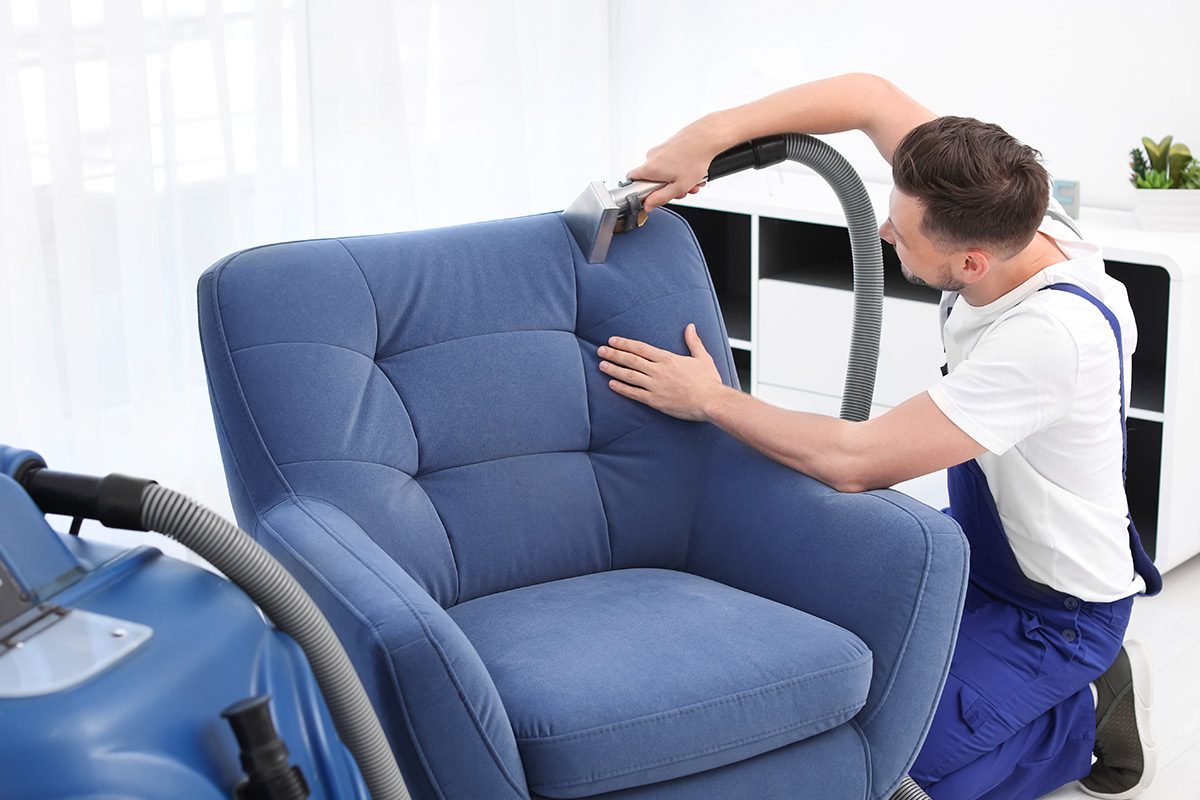
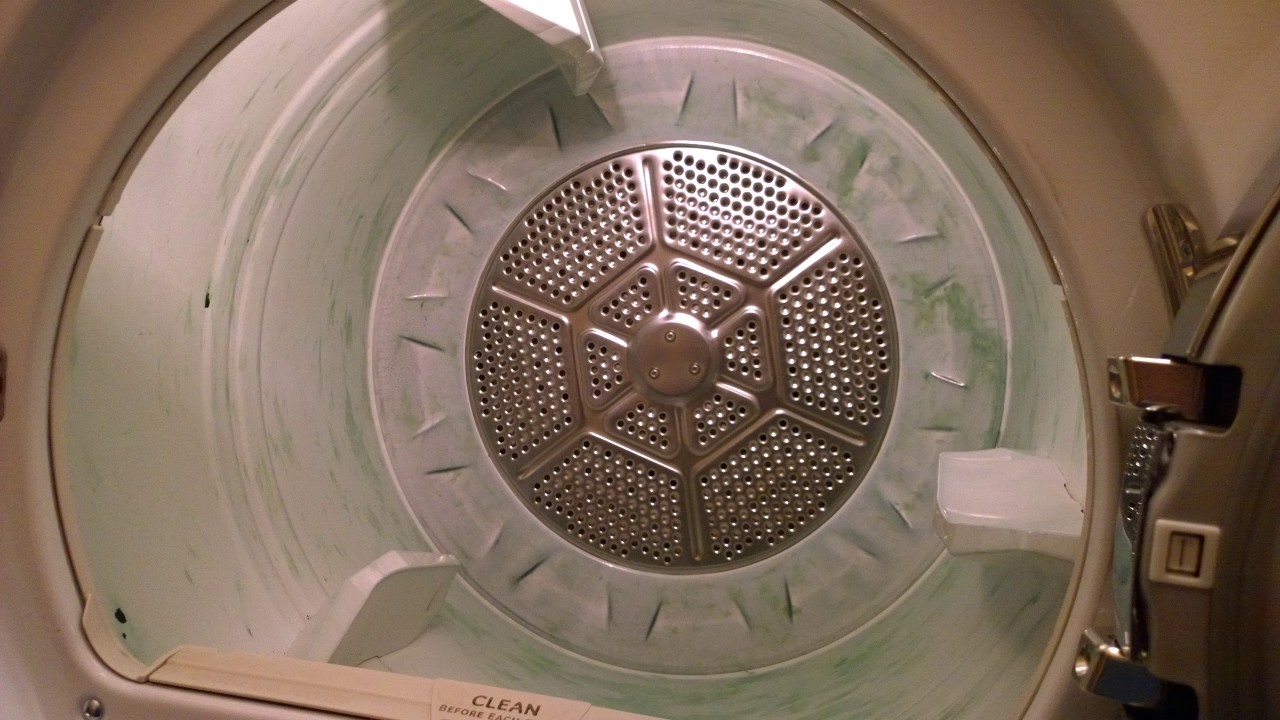

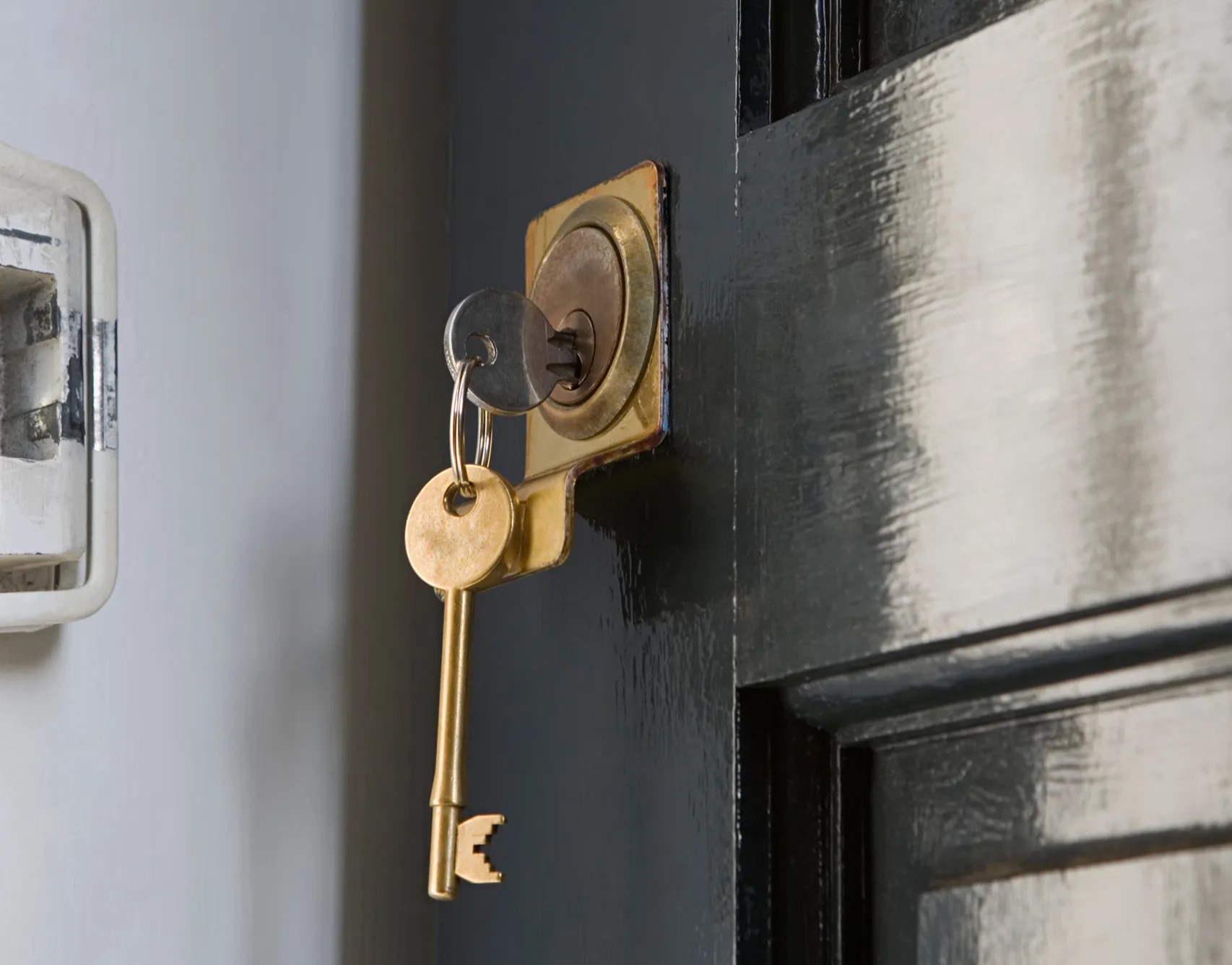



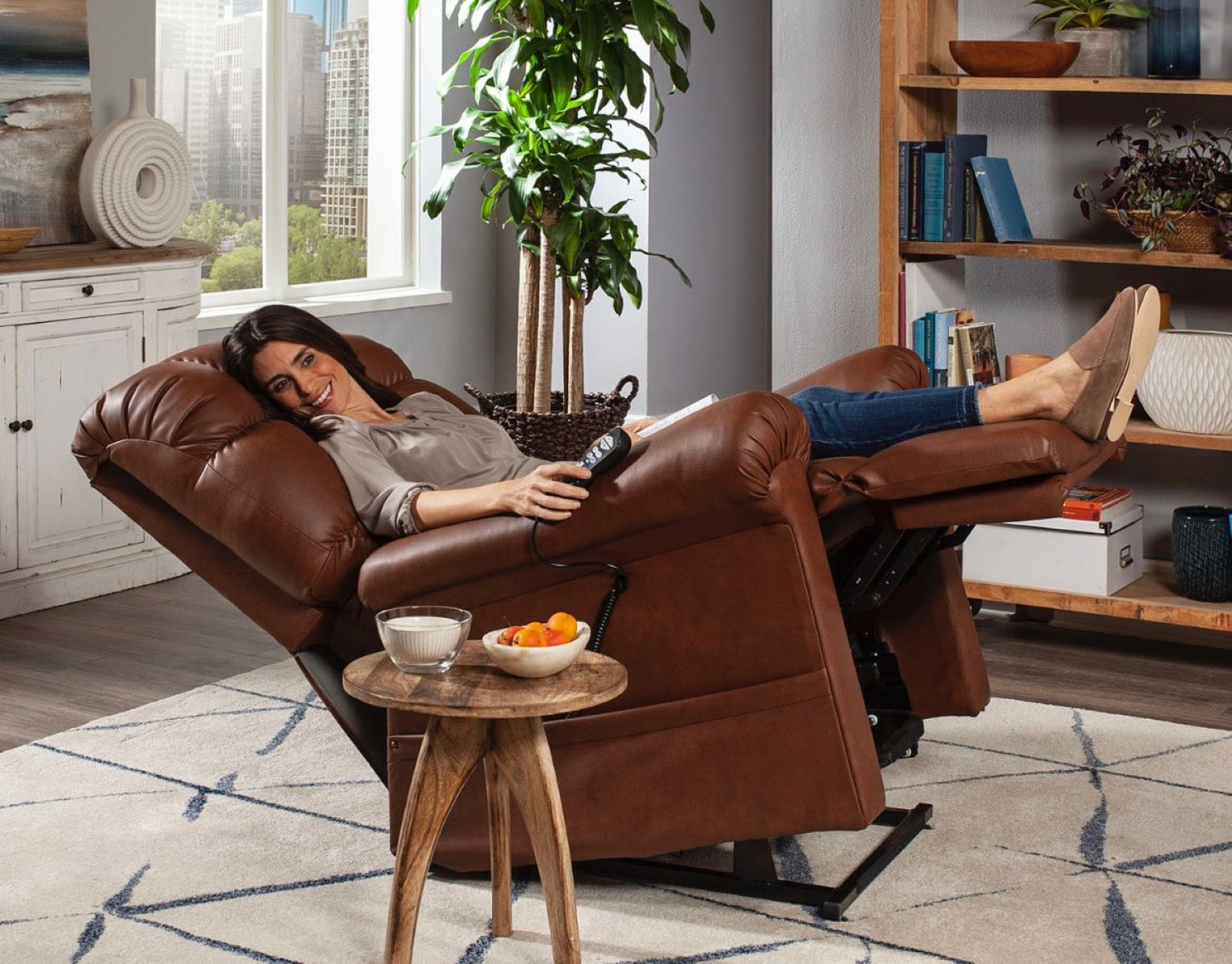
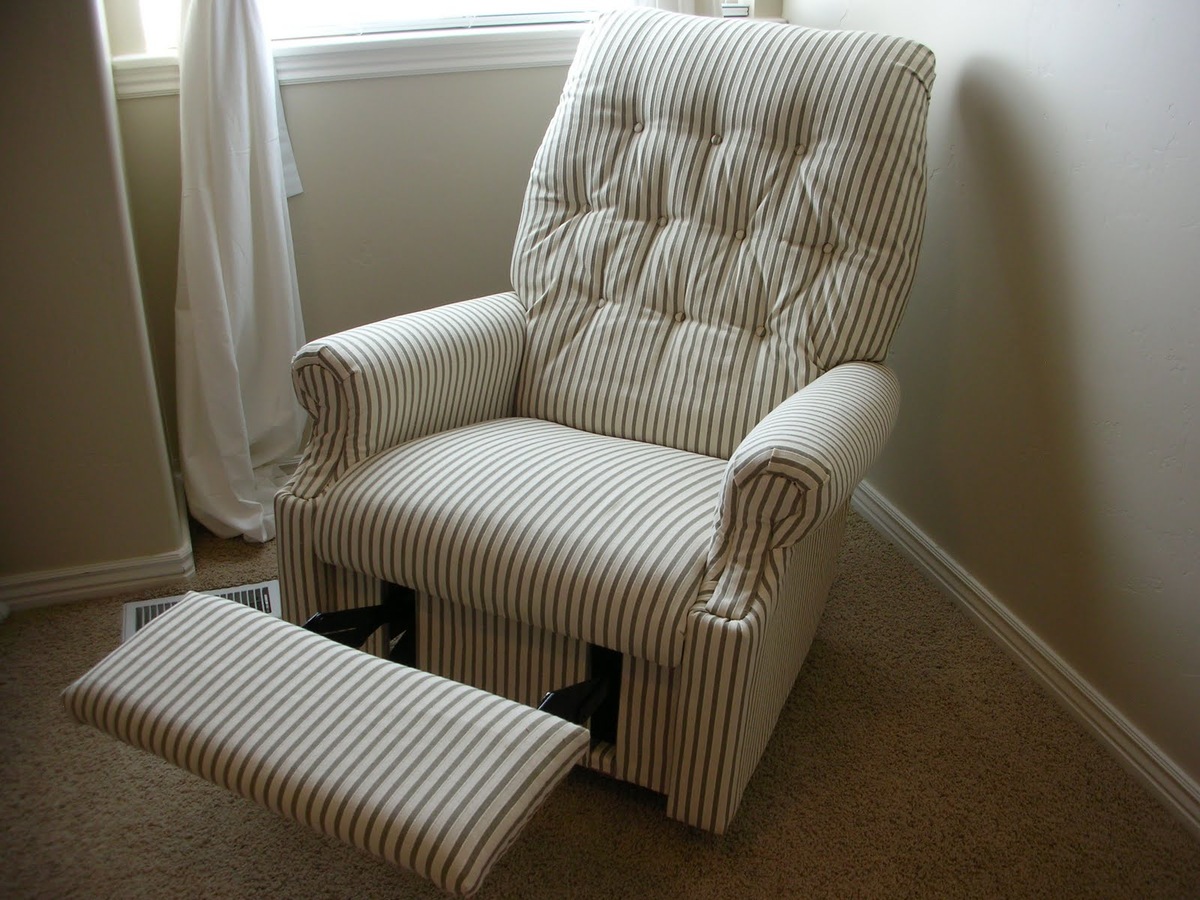
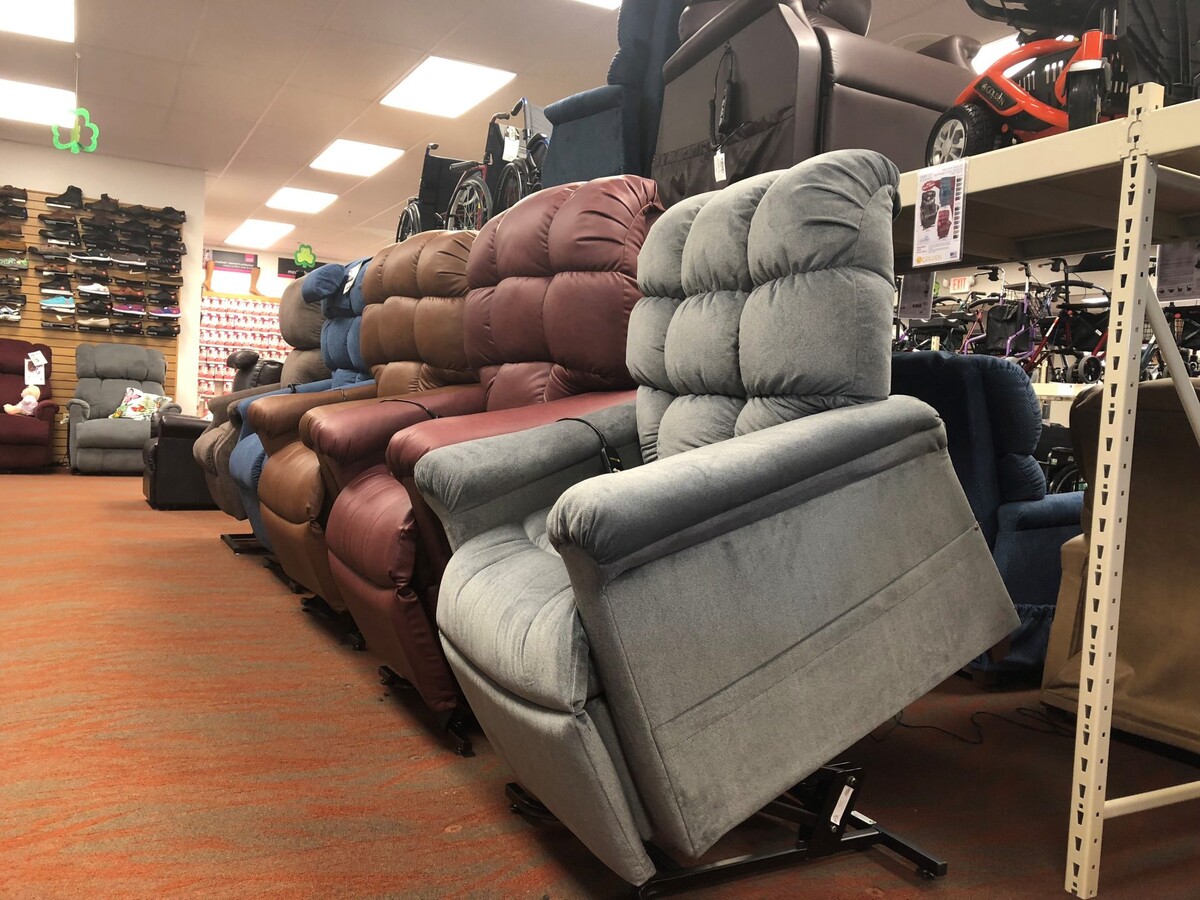

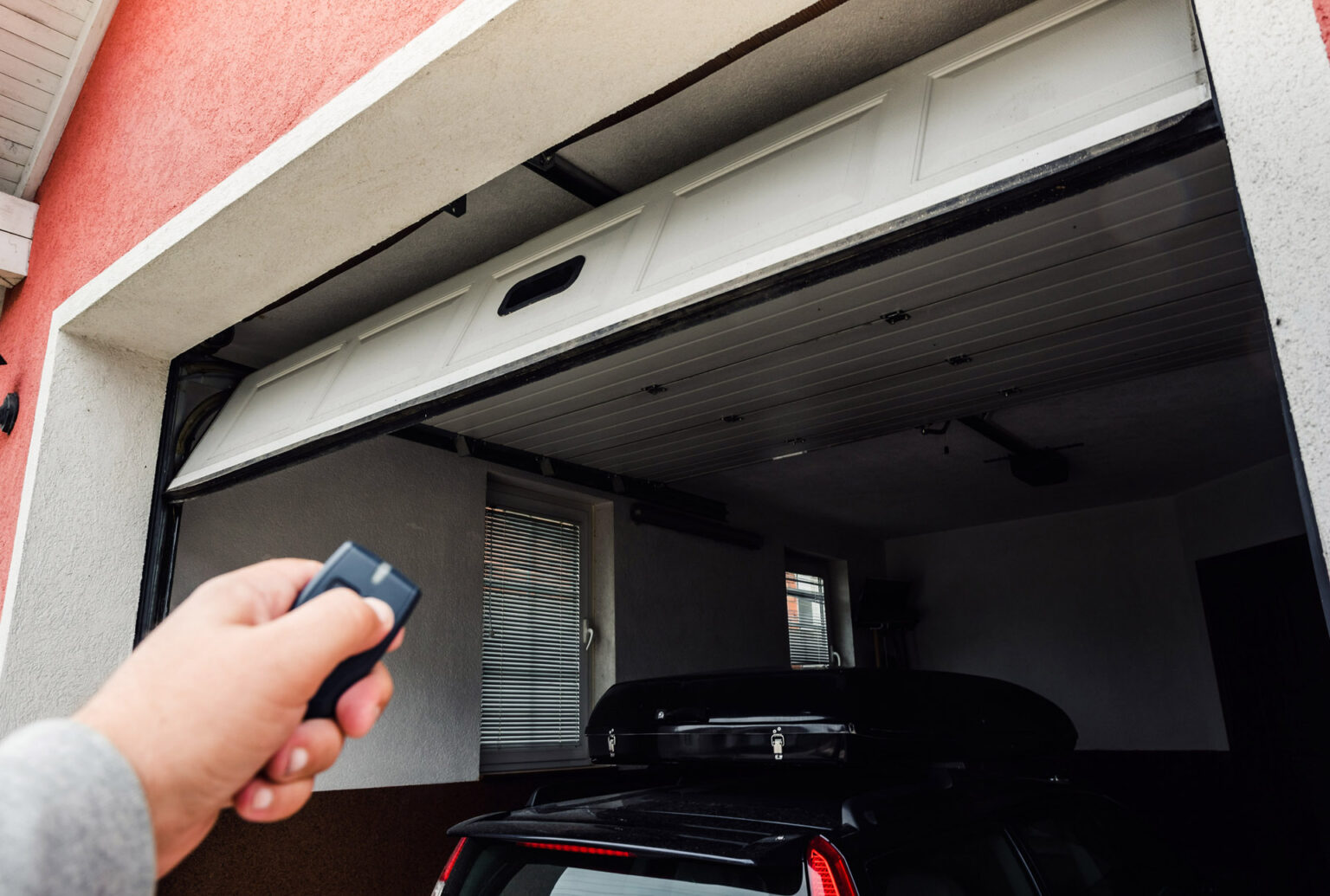
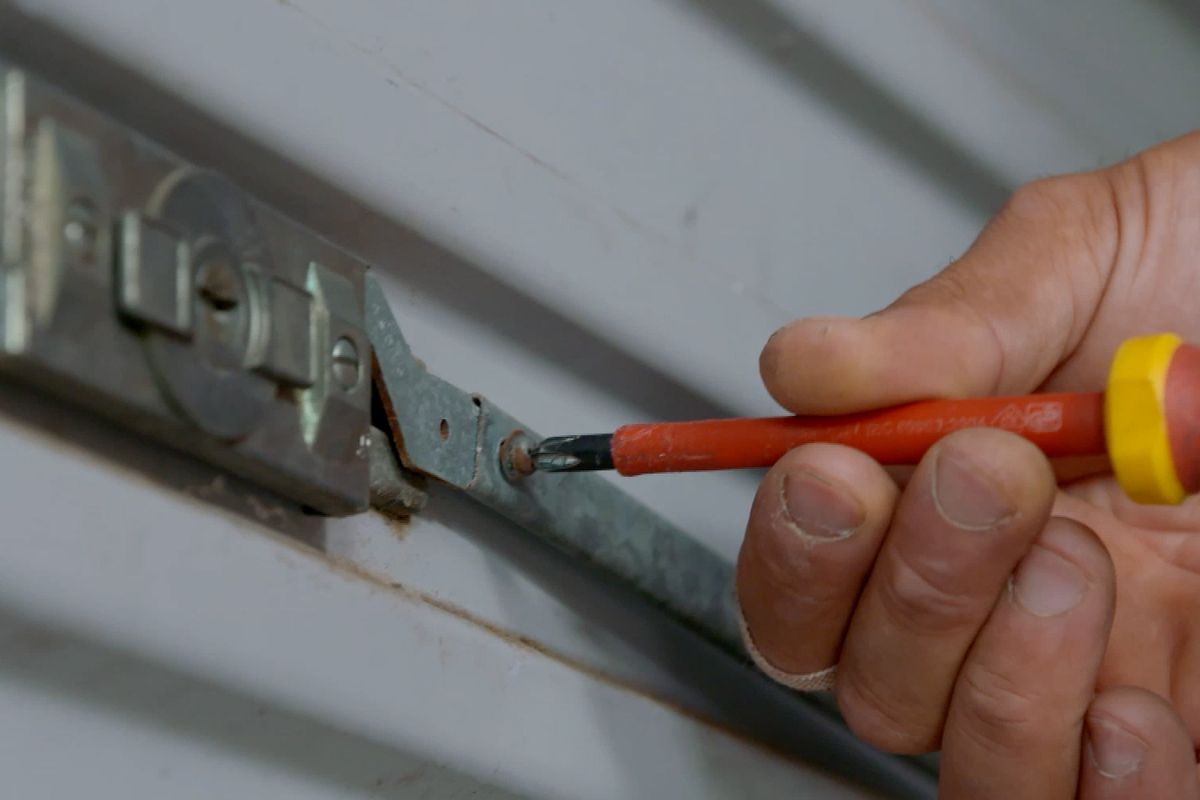

0 thoughts on “How To Get A Recliner Through A Door”